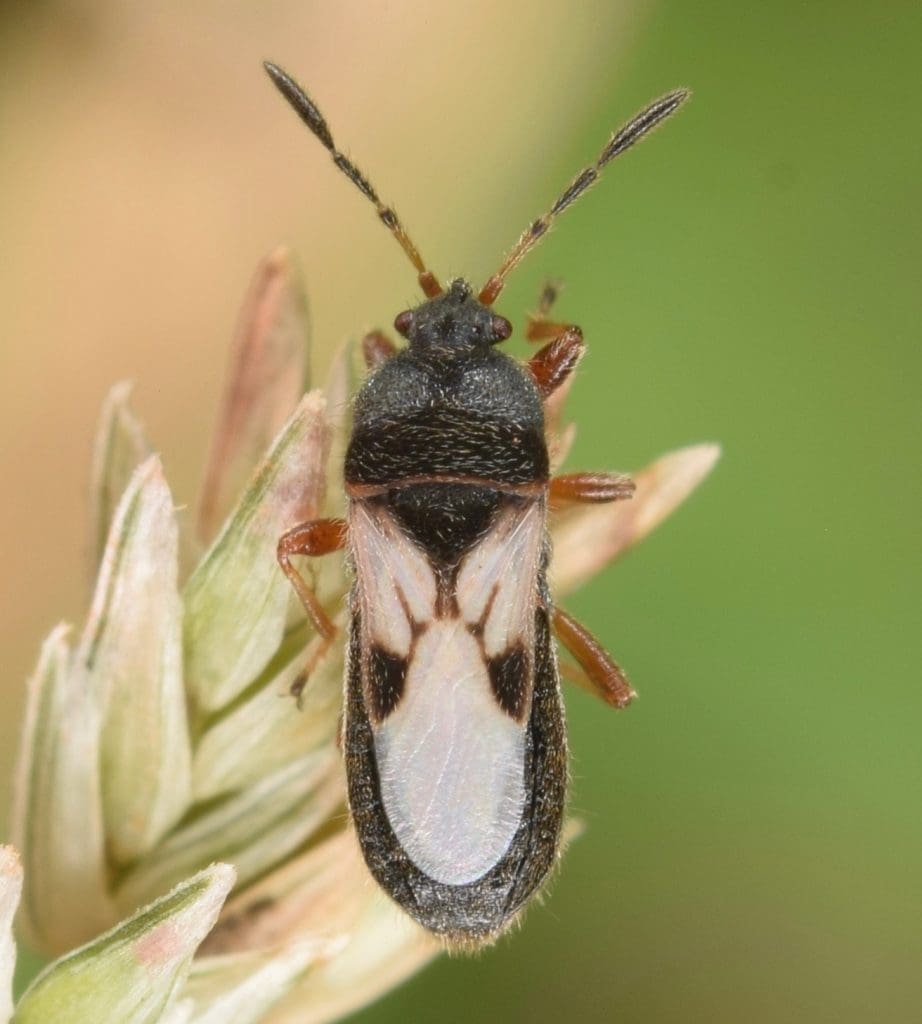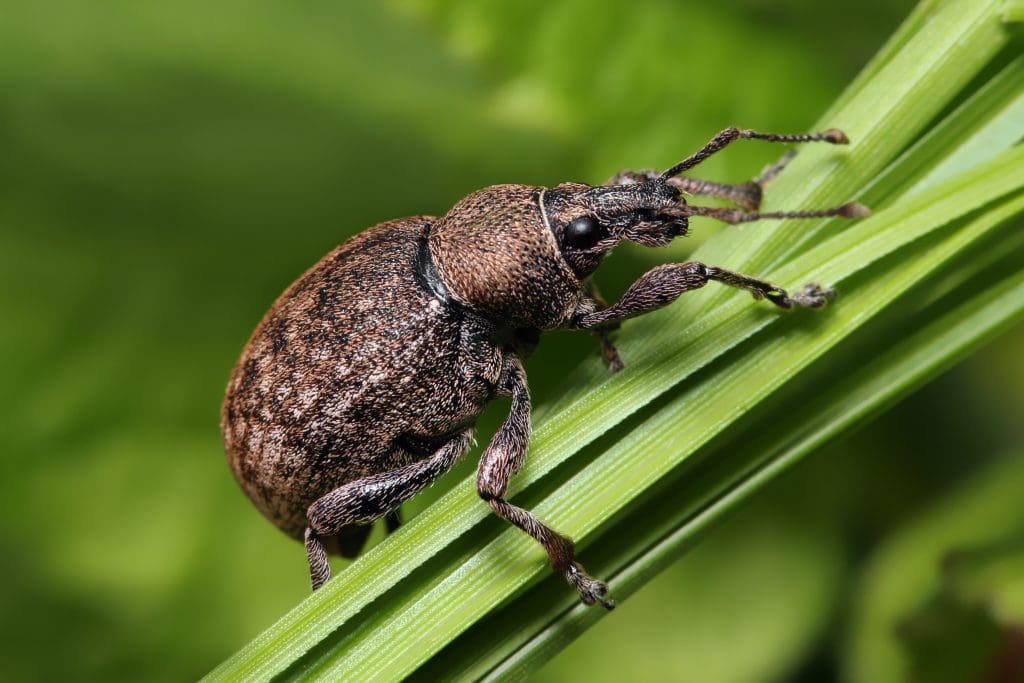
Depending on your location in the country, May is prime time for certain insects to begin attacking your customers’ lawns. How you go about identifying the damage and treating it properly is crucial so check out the prime suspects that may find their way to your customers’ susceptible turf.
Scouting for these insects in May allows you to be able to manage them preventatively. Each type of insect damages the lawn differently. Depending on what type of insect you’re dealing with will determine the timing and type of product that needs to be used and more importantly when you should start scouting for them.
“LCOs can’t be on every lawn so they need to train their people to look for signs of insect activity and identifying common turf pests,” says Ben Hamza, Ph.D., product development associate director with FMC Professional Solutions. “When you start seeing lawn areas dry out and turn brown, don’t assume it’s drought, start looking.”
Hamza encourages LCOs to inform customers if they spot any of these pests in the lawn if they have a basic lawn care package that doesn’t cover insect control and propose effective solutions to prevent damage. Below are three common pests that may be feeding on a client’s turfgrass.
Chinchbugs

Photo: Christina Butler/Flickr
While chinchbugs are prevalent throughout the Northeast, chinchbugs are a very common occurrence the Southeast. The Southern Chinchbug will feed on a variety of grasses but readily attacks St. Augustine grass, whereas the Western Chinchbug readily attacks buffalograss and zoysiagrass.
“The Hairy Chinchbug feeds generally on cool-season grasses, and the common chinch bug feeds on both warm and cool-season grasses including bermudagrass, crabgrass, perennial ryegrass, and Kentucky bluegrass, though it prefers grain crops,” says Rakim Turnipseed, Ph.D., product development manager of insecticides with FMC Professional Solutions
Chinchbugs thrive in hot and dry environments and live in the thatch. They are primarily active in areas in the sun. Chinchbugs are not likely to be found feeding in the shade. They can produce multiple generations in one season.
“With the chinchbugs, if they are left uncontrolled, they’ll continue to feed and damage will occur,” Hamza says.
Chinchbug damage appears as if the turfgrass has dried out and needs water. The best way to check for this is to check the soil to see if it’s dry. Often the brown areas will continue to grow and expand despite heavy irrigation or rainfall.
“They feed on the tissue by sucking up the juices from the plant, causing desiccation,” Hamza says. “They also inject a toxin that kills the tissue as well.”
Once you’ve ruled out drought, you’ll find chinchbugs feeding at the fringe where the grass is still healthy. They feed during the day and move up and down the grass blades. When you conduct the “tug test” on the grass, it won’t move but it will be dead.
Reducing thatch is a good cultural control for chinch bugs. For chemical controls, it’s best to apply contact insecticides in the mid to late spring as it kills adult chinchbugs when they come in contact with it and prevents the population from exploding.
Billbugs

Billbugs are prevalent in the mountain states and eastern plains, according to Hamza. Billbugs thrive when thatch builds up in a lawn.
“Host plants attacked by billbugs depend on pest species; cool-season grasses like Kentucky bluegrass are readily attacked by the bluegrass billbug, and bermudagrass and zoysiagrass are targeted by the hunting billbug,” Turnipseed says. For billbugs, the damage isn’t noticeable at first. Since the adults overwinter in the turf, they begin to emerge around this time. They migrate to healthy turf areas, mate and lay the eggs inside the grass plant stems.
The adults don’t feed on the turf but rather the larva once they hatch begin feeding down into the stem. The damage will be visible in the late summer, but once you see it, it’s too late to treat it.
“You only see the damage once the feeding has been done,” Hamza says. “Then they exit into the soil as larva and they mature into adults and begin the cycle again.”
Hamza says the way to control billbugs in the lawn is to manage the adults as they migrate and stop them before they lay their eggs. They are difficult to manage without insecticides because the eggs are already in the grass
“They start migrating in late April, early May,” Hamza says. “The egg-laying period is occurring through May. The eggs hatch sometime in June and this can vary by geography.”
If you “tug test” grass damaged by billbugs, bunches of leaves will come out since the larva severs the stem when they exit.
“Billbug damage is often misdiagnosed with compacted soil, nematode damage, dollar spot disease and white grub damage,” Turnipseed says.
Cultural controls for billbugs include reducing thatch and irrigating regularly when eggs are not being laid.
“Proper watering promotes deep root growth leading to better resilience against these pests,” Turnipseed says.
For chemical controls for billbugs, you want to manage them as they are moving. If you’ve missed that window of migration, the next option is to apply insecticides that are systemic so the insecticide is absorbed into the grass and when the eggs hatch they come in contact with the insecticide inside the plant.
Grubs

Photo: FMC Professional Solutions
Grubs can be found in the Midwest, East Coast, and little bit in the South and coastal areas. White grubs feed on the roots of many cool-season grasses like Kentucky bluegrass and ryegrass as well as some warm-season grasses.
These grubs grow into adult Japanese beetles and other different types of beetles. As adults, they aren’t feeding on the turf but they lay eggs in the soil.
“Moist soil is conducive for white grub development,” Turnipseed says. “Soil that is frequently, but shallowly, watered provides a soft and damp environment that is good for egg and early instar larval development. Less compact, fluffier soil facilitates egg laying for the adult female. Some grub species do well in drier soils.”
Depending on the species, these grubs will feed on the grass roots from mid-July all the way to August, and through the fall months. You’ll see damage by late September to October. As the larva gets bigger the damage accelerates as it eats more of the turf’s root system.
The turf will have patches of brown grass. Grass damaged by grubs feels spongey and when you grab the grass and pull it, it can easily be rolled up.
“White grubs, however, will rarely damage turf that is less than four to six years old due to a lack of sufficient organic matter to sustain large grub populations,” Turnipseed says.
Culturally, drying the soil during egg-laying time will make it less tolerable for eggs and grubs. Grubs should be managed preventatively by apply insecticides to the turf before the eggs hatch creating an environment that isn’t conducive to their survival.
“Once it starts feeding on the plant tissue because it does have an insecticide in it, it ingests the insecticide as it feeds on the plant and then dies as a result,” Hamza says.
Because of the variability in geography and temperatures, Hamza highly encourages LCOs to look to their local county extension office for guidance as to when is the proper time to begin treating these three insects.
Created in partnership with the experts at FMC True Champions

